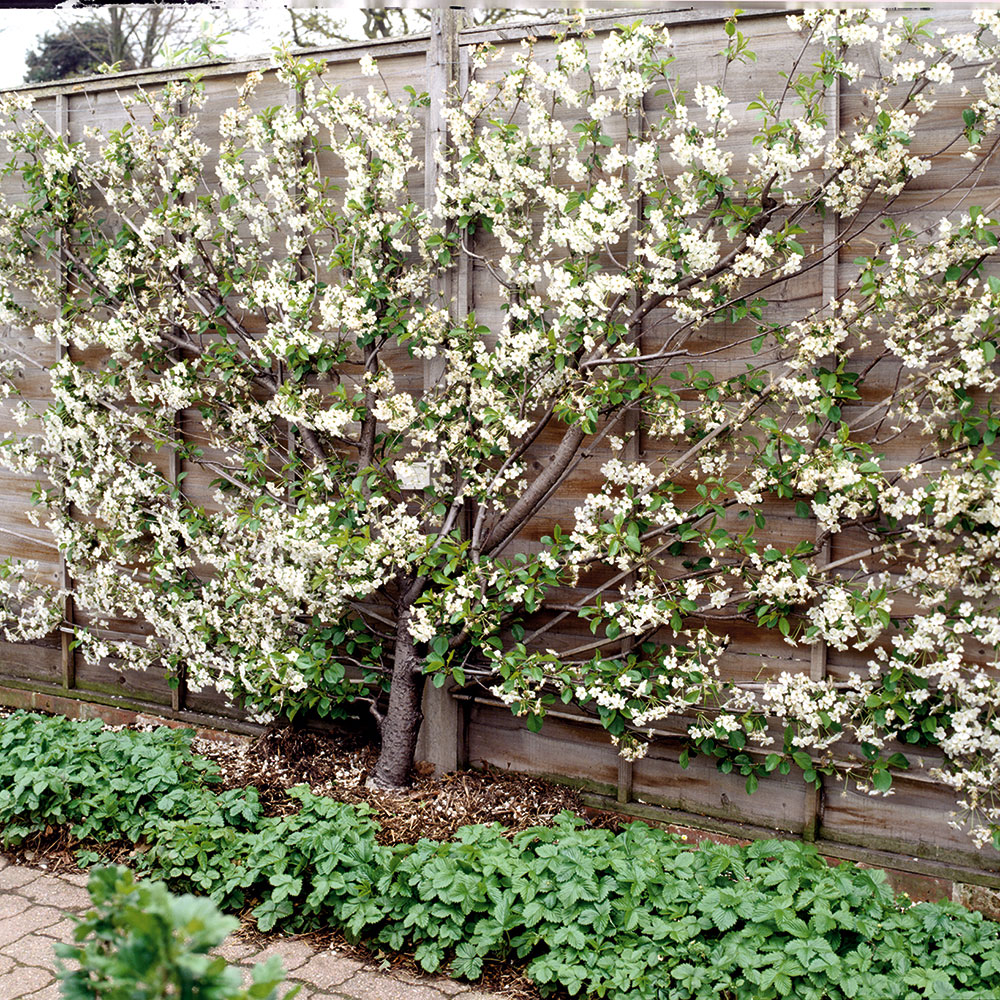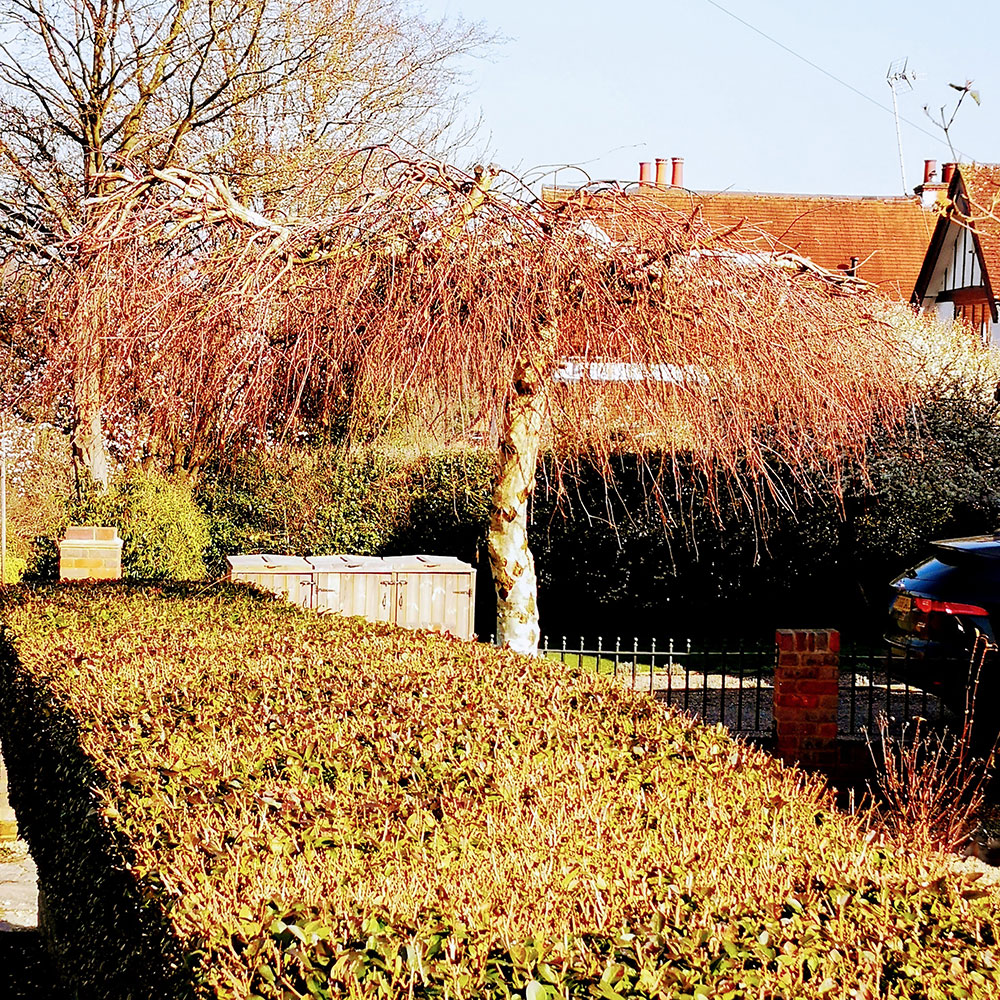Is your garden a goldmine? It’s all about the trees you have…
Some trees could boost the value of your garden by up to £8,500!
A garden can often be overlooked when it comes to plans for a refurb of your home – but did you know that a well-maintained garden can add up to 20 per cent to your property value? That’s more than £60,000 based on the current average UK house price.
Related: People aren’t spending money on their gardens any more and THIS is the reason why
So whether you’re a keen gardener or a novice when it comes to plants, if you have a garden attached to your property, then we’ve got some good news for you – you could be sitting on a garden goldmine! Some of the most common trees found in UK gardens could be adding thousands of pounds to the value of your home, without you even realising it. According to ShootGardening, in partnership with Tendercare, there are 10 trees that could boost the value of your garden by up to £8,500.
‘Most people don’t pay much attention to the plants they have in their garden, but it’s eye opening to see just how much even some common trees can be worth and the value they could add to people’s gardens, completely unbeknown to them!’ Nicola Gammon, founder of ShootGardening, commented.
What are the most valuable trees?
1. Chinese Magnolia – £8,500

You really are sitting on a goldmine if you have a magnolia tree in your garden, so it’s wise to take particular of it because they can be worth thousands of pounds.
These beautiful trees are known for their large, fragrant blossoms, thick, dark green leaves and striking seed pods, so a sheltered site with light dappled shade is best for a magnolia.
2. Evergreen Topiary – £1,900

These trees range in price depending on their size and type of plant. Depending on the species, a mature clipped topiary bush 3m tall would cost from £1,900. Traditionally, topiary was used in a formal garden setting, such as the grounds of stately homes but has become increasingly popular in gardens across the country.
Sign up to our newsletter for style inspiration, real homes, project and garden advice and shopping know-how
3. Flowering Cherries – £1,800

The delicate pink and white flowers make these plants a lovely addition to any garden. Most Flowering Cherry tree varieties bloom in spring but will also add value to your garden during autumn, when their leaves turn beautiful shades of orange and red. These trees can range in height, with prices for a 5-6m tree starting at £1,800.
4. Evergreen Magnolia Grandiflora – £1,500

The Evergreen Magnolia Grandiflora tends to grow tall and broad if left alone but can be pruned to encourage upward growth. Magnolia Grandiflora can reach 8m in the British climate after 30+ years, but you won’t have to wait that long for your tree to reach high value – a 4.0m tree can be worth £1,500.
Related: Wilko takes on Aldi with its great-value garden furniture
5. Cut leaved Purple Japanese Maple – £1,200

This deciduous tree forms a broad dome of deeply cut, feathery red-purple leaves that turn a brilliant crimson during autumn. Japanese maples are slow-growing, which makes them perfect for small gardens as they can reach 2.5 metres over 20 years. A cut-leafed weeping Japanese maple around 10 years old, 1.5m tall by 1.5 wide, will start at around £1,200.
6. Chinese Windmill Palm – £1,200

One of the hardiest palm trees, the Chinese Windmill Palm is slow-growing, easy to maintain and adapts well to most climates, plus it will add £1,200 to the value of your garden at just 3m tall.
A recent restriction on importing Palms to the UK means that while existing stock can be sold, new trees have to have a special passport and be grown in quarantine for two years before they arrive in the UK, potentially adding to the value some in the future.
7. Olive Tree – £500

Olive trees are best grown in a sunny position, but are extremely hardy and can withstand heat, drought and even temperatures as low as -10°C. If you have an olive tree in your garden, it will be well worth your while to keep it in good condition – at just 2.5m tall with a mature trunk, these trees can start at £500.
It is anticipated that there will be a shortage of Olive trees available to buy in coming years, making yours all the more valuable and worth looking after.
8. Weeping Birch – £300

Even the smallest front gardens can benefit from a tree like a Weeping Birch. Bright white bark and long, downward growing shoots at the ends of branches are its defining characteristics. A 2.5m tall tree with a 2m head width and mature trunk can add at least £300 to the value of your garden.
9. Slow-Growing Hedges – £200 a metre

You may not give hedges a second thought, but they do much more than define boundaries. Hedges offer a variety of benefits, including privacy, protection from wind and noise reduction. Portuguese Laurel, Prunus Lusitanica, Photinia Red Robin, English Holly and Hornbeam are all hedges that, if kept under 2 metres, can be a great asset. To purchase these kinds of hedges, you’d be looking at paying £200 per metre.
10. Camellia – £120

Camellias are one of the most popular flowering shrubs and are very common in gardens across the UK. These plants can be identified by large, rose-like blooms and thick, glossy leaves. They are easy to maintain but do require shelter and light shade. A simple 1.5m camellia on a frame would cost you £120, but as these plants can grow up to as much as 8m tall and 5m wide (depending on variety), you can imagine how much value they can bring to your garden.